- Home
- Directory and HR Sync
- Workday
Workday
Sign into Workday and automate onboarding and offboarding processes
Overview
Workday human capital management is a focused cloud-based system, providing you with a single data source, security model, and user experience. Workday evolves to meet the changing business needs of today and for the future. The user-friendly, global system ensures that customers are always on the latest version with up-to-date capabilities, whether they're using Workday on a browser or mobile device.
Okta and Workday partner to make lifecycle management easier, faster, and safer for you and your company. Okta's pre-built integration unifies HR and IT, using employee data and updates in Workday to inform the user lifecycle across IT systems, including Active Directory, SaaS and on-premises applications.
The Challenge
An HR Information System (HRIS) is typically the system of record for employees, but needs to share data with IT in order to create user accounts, assign applications, and deactivate users.As HR systems, directories and apps move to the cloud, HR and IT have to find more efficient and less risky ways to communicate.
- Inefficient processes: sending data via email, attachments, or file extracts is time-consuming and error prone
- Security gaps: The average company takes two days to deprovision users, putting company data at risk
- Employee downtime: Employees have to file helpdesk tickets and wait to get assigned apps and update permissions
The Solution
Okta’s pre-built integration unifies HR and IT, using employee data and updates in Workday to inform the user lifecycle across IT systems, including Active Directory, SaaS and on-premises applications.
Functionality
Add this integration to enable authentication and provisioning capabilities.
Authentication (SSO)
-
API
-
Entitlement Management
-
Event Hooks
-
Identity Security Posture Management Identity Security Posture Management helps to harden the identity attack surface proactively, by identifying vulnerabilities, prioritizing risks, and streamlining remediation.
-
Inbound Federation
-
Inline Hooks
-
Outbound Federation
-
Partial Universal Logout
-
RADIUS
-
Universal Logout
-
Workflow Templates
-
Workflows Connectors
-
SAML Security Assertion Markup Language is an open standard for exchanging authentication and authorization data between an identity provider (IdP) and a service provider (SP) that does not require credentials to be passed to the service provider.
-
SWA Secure Web Authentication is a Single Sign On (SSO) system developed by Okta to provide SSO for apps that don't support proprietary federated sign-on methods, SAML or OIDC.
-
WS-Federation
-
OIDC OpenID Connect is an extension to the OAuth standard that provides for exchanging Authentication data between an identity provider (IdP) and a service provider (SP) and does not require credentials to be passed from the Identity Provider to the application.
Provisioning
-
Create Creates or links a user in the application when assigning the app to a user in Okta.
-
Attribute Sourcing The application can be defined as the source of truth for a full user profile or as the source of truth for specific attributes on a user profile.
-
Update Okta updates a user's attributes in the app when the app is assigned. Future attribute changes made to the Okta user profile will automatically overwrite the corresponding attribute value in the app.
-
Deactivate Deactivates a user's account in the app when it is unassigned in Okta or their Okta account is deactivated. Accounts can be reactivated if the app is reassigned to a user in Okta.
-
Sync Password Push either the users Okta password or a randomly generated password to the app. This feature is not required for all federated applications as user authentication takes place in Okta, however some apps still require a password.
-
Group Push Push existing Okta groups and their memberships to the application. Groups can then be managed in Okta and changes are reflected in the application.
-
Group Linking Link Okta groups to existing groups in the application. Simplifies onboarding an app for Okta provisioning where the app already has groups configured.
-
Schema Discovery Import the user attribute schema from the application and reflect it in the Okta app user profile. Allows Okta to use custom attributes you have configured in the application that were not included in the basic app schema.
-
Attribute Writeback When the application is used as a profile master it is possible to define specific attributes to be sourced from another location and written back to the app. For example the user profile may come from Active Directory with phone number sourced from another app and written back to Active Directory.
Documentation
Here is a section all about documentation, integration, and implementation.
Workflows
Templates
-
Template


Implement Anything-as-a-Source with Workday and Okta Workflows




















